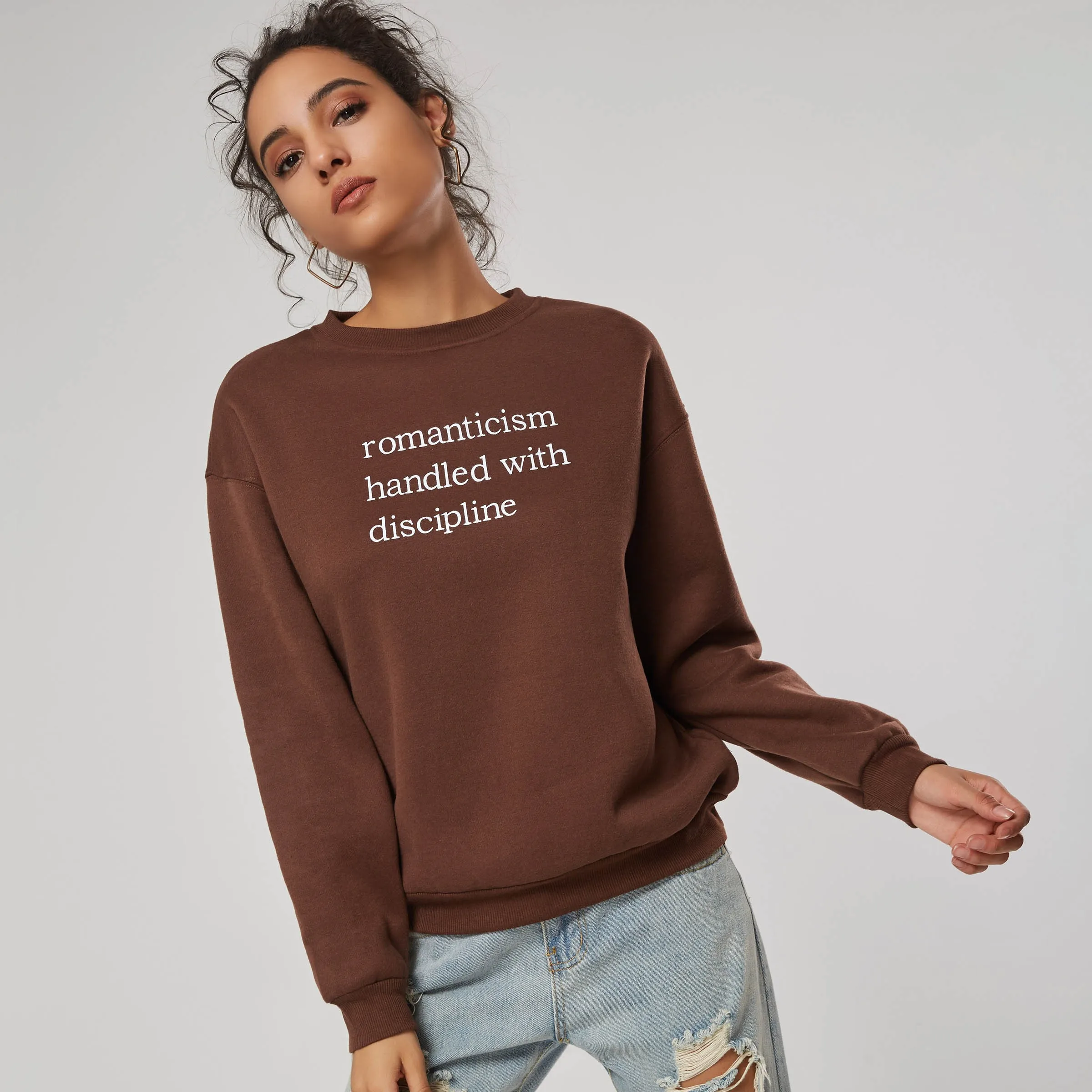What you should expect When Buying the Sweatshirt

Sweatshirts are long-sleeved tops that are constructed from thick cotton fabric. They are generally worn as casual clothing and are not as dressy as sweaters or cardigans. They may not have a or hood. If you're interested in buying a sweatshirt here are a few tips:
Norma Kamali sparked the appeal of sweatshirts
Since the end of the 70s, Norma Kamali has transformed the simple sweatshirt into a work of art. Her designs have become an essential part of every woman's closet. Her unique designs include tummy-tucking t-shirts to a crew neckline to thick leather sweatshirts. Her clothing is also designed with unusual forms, such as a tank top with an extended trumpet skirt.
The collaboration with the brand and sweatshirt maker Everlast resulted in her Timeless line, which was a huge hit when it was featured in the Spiegel spring 2006 catalog. The collection offered knits that could be interchangeable or convertible in classic shapes, and many pieces were priced at less than $20. Even even if Norma Kamali's Timeless collection wasn't available in stores, customers were able to find the designs through eBay or Poshmark.
Merino wool sweatshirts feel more comfortable than soft sweatshirts .
Merino wool is renowned for its ability to remove moisture that help keep you dry and comfortable. This is a naturally-occurring fiber and also has a smoother feel. The fabric also dries quickly compared to other natural material. Additionally, merino is a renewable resource. The merino sheep shed coats each year and grow new ones.
Merino's weight-to-heat ratio is high, and the warmth of wool is what makes it a popular choice for sweatshirts. It aids in controlling the temperature of your body due to its natural loft, which retains heat between the fibers. This is why Merino wool sweater s are great for summer and outdoor activities such as mountain biking, hiking and running. The warmth it provides keeps the wearer well-hydrated and cool, something that is important for working out.

Zip-front hoodies feature kangaroo pockets.
Kangaroo pocket Hoodies are a well-loved style of hoodies. These hoodies have a large pocket on the front, which keeps your hands warm on chilly days. They're much more practical than traditional pockets because they permit your hands to slide in and out easily.
Kangaroo pockets are typically large enough to fit a wallet or some other small personal items. They are commonly big enough to hold one hand in a smaller size, and can even be large enough to accommodate two hands. They are wide on both sides and are ideal for carrying small objects.
French Terry fabric is a popular fabric for sweatshirts
The French terry fabric is made of soft yarns knitted into loops and is usually mid-weight. It is also famous because of its capacity to absorb away moisture and is pre-shrunk. French Terry is a fantastic choice for sweatshirts because it will keep you warm when you require it and keeps you cool when you need to cool down.
French Terry is also popular for loungewearbecause it is stretchy enough and has enough flexibleness to feel great when you touch your body. It also allows for enough air to circulate through the fabric, making it perfect for layering under other clothes. Additionally, since it is lighter than other sweatshirts that you can wear all year round without feeling too either cold or hot.
Hoodies can be classist.
Although it could appear that hoodies are an appropriate garment for people of the working class, the reality is that they are a symbol of class. The hooded garment was first seen in the 1970s in New York, where graffiti artists wore them to conceal their identities. In 1976 the hoodies were made famous in their film debut in "Rocky," when the working-class title character wore grey sweats with hoods during his memorable climb to the top of the steps of the Philadelphia Museum of Art.
Hoodies are often associated with death, destruction and other negative things, but they also serve practical purposes. For instance, priests and monks can wear hoods to demonstrate the proper manner of dress and to focus on their inner self.
